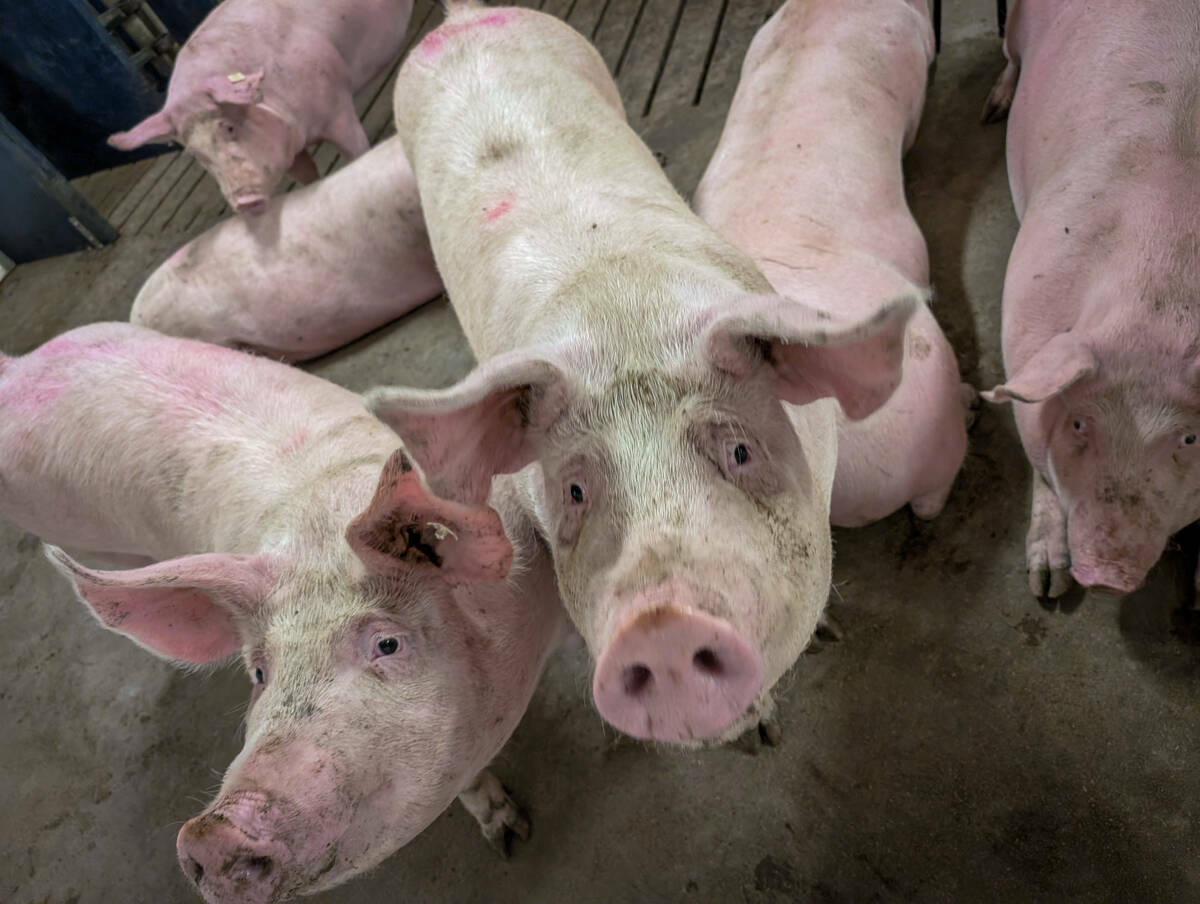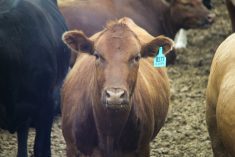If you want to save some money feeding your cows this winter, maintain a good body condition score.
“Prudent use of feed resources to maintain body condition on the cows to maximize efficiency reduces your feeding costs,” said provincial forage specialist Barry Yaremcio.
The amount of fat a cow is carrying will influence how it will respond to the cold. And while you want to make sure the animals don’t get stressed by the frigid temperatures, “how much extra money are you spending to put fat on those animals when you don’t have to?”
Read Also

Ottawa pauses update on food from cloned livestock
Health Canada has indefinitely suspended a proposed update to the novel food policy governing foods derived from cloned cattle and swine, as well as their progeny.
The Beef Cattle Research Council compared cows that had body condition scores of 3 at calving time with cows that were 200 pounds lighter, with body condition scores of 2.
It found cows with the lower body condition score of 2 had lower pregnancy rates, longer calving intervals, and longer postpartum periods. More importantly, their calves had lower weaning weights and lower average daily gains.
“If you change it to a body condition score of 3 — if you do a better job of feeding those cows throughout the winter — pregnancy rates went up from 61 per cent to 86 per cent. That’s 25 extra calves for having the same number of animals at home,” said Yaremcio.
“Calf weaning weight went from 460 pounds to 515 pounds, and if we look at the sale price, your value of those weaned calves went up to $81,000 (from $51,000).
“If you brought home an extra paycheque of $30,000 and gave it to your partner, would they stick around or would they go out and buy a car on you?” he quipped.
A thin cow that’s 200 pounds lighter than she should be heading into winter is also going to need more feed to get in good condition for calving, he added.
“In order for that cow to maintain her body weight, it’s going to take her roughly 1,400 pounds more hay just to maintain body weight — not to gain, just to maintain body condition,” said Yaremcio. “If you want to bring that cow back up to condition by calving time, and you have roughly 150 days to do that, how does that impact your feeding program?”
For a cow in good condition, producers can get away with feeding 22 pounds of hay and 10 pounds of straw a day, at a feeding cost of $1.13 a day, he said. Thin cows, on the other hand, need to be on an all-hay diet of around 31 pounds a day, and in order for them to gain weight, they also need an additional five pounds of barley a day.
“So your daily feeding costs went up from $1.13 to $1.55. That’s 40 cents a day,” said Yaremcio.
“Your difference in feeding costs from the time you put them on the extra feed for 100 poor-condition cows is another $6,300, or $63 a head in feeding costs.
“Paying attention to how you feed these animals can make a big difference in your bottom line.”















